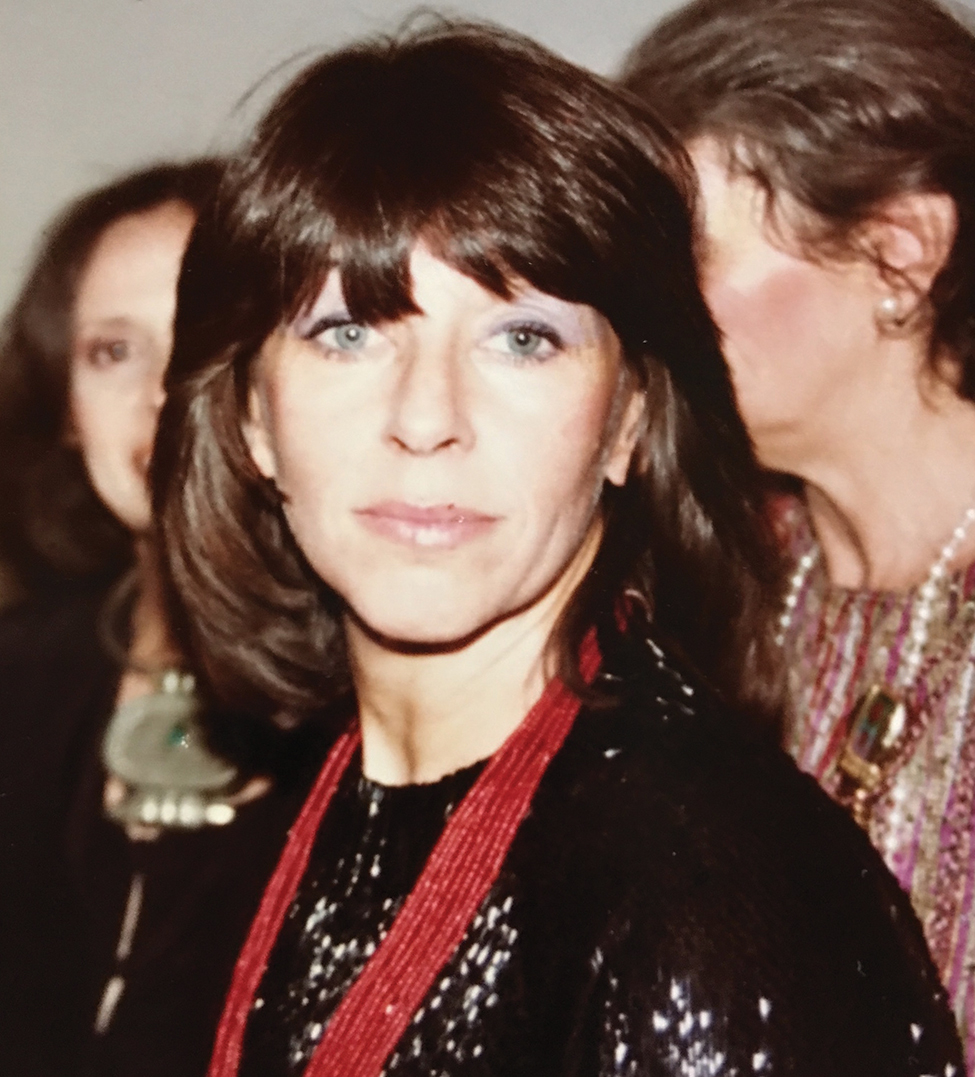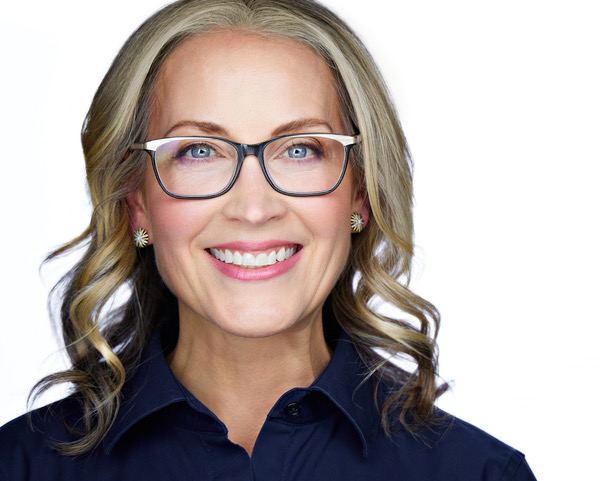Stewards For Generations: The Neal Family's Influential Support for Black Artists


By GINNY VAN ALYEA
Isobel Neal was looking for something to do. By the 1980s she had been a retired teacher for more 10 years, and when Neal told her friend Ann Nathan that she wanted to open a gallery, Nathan said, “You must be crazy.” Neal responded, “Well, I guess so.” Nathan would know, as she had opened her own gallery in River North a few years prior.
Neal wasn’t afraid of crazy, having managed a classroom of 60 fourth graders during her years as an inner-city public school teacher at Beethoven School on 47th street. In fact, it was art that helped her manage the daily chaos, wielding it as an incentive to work.
She recalls, “At Beethoven if you had any difficulties behaving, you lost your chair. Nobody wanted to stand all day, so art worked as the treat and a motivator. They wanted to get their work done so they could have some fun.”
At home she employed art in the same way with her young son Langdon, who still remembers working on potato prints and string paintings he was proud to put up on the wall.
Neal’s impulse to open a gallery was no vanity project. She had years of experience as an educator, and she had gradually found herself with a new lesson to teach, having realized that no one in Chicago was representing the scores of Black artists whose work she was seeing. She knew she wanted to do something about it.
*
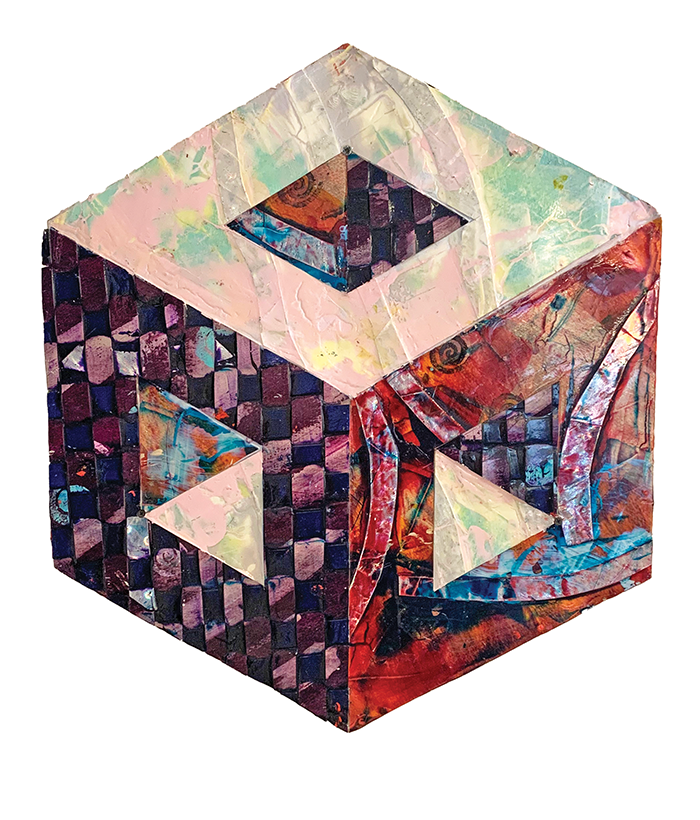
Prior to living in Chicago, Neal lived in New York City, where she attended NYU. When she took an interest test upon graduation, she was still surprised that her top result was art. “I laughed,” she recalls. “I said, “Art? What am I going to do with that? At the time [women] were either going to be teachers, social workers or nurses. Those were the options. So, I never thought about art for years, except that I liked it.”
Neal taught in Chicago for two decades. When she retired, she wanted to pursue other interests fully. At her husband’s encouragement she took a sabbatical and went back to school, spending time in California getting a master's degree in anthropology/archeology. Upon returning to Chicago she taught adult education classes on African pre-history and archeology at the Northwestern Center for American Archeology as well as at the Field Museum.
Around the same time she was asked to chair the Black Creativity Art Show at the Museum of Science and Industry. It was when poring over slides for the juried exhibition that Neal says she began to see so many artists from all over the country send in work they wanted to submit.
Neal began to think, “Who’s representing all these Black artists? What I found was that this town, at that time, only knew about Richard Hunt. Other Black artists who were living here, or not, would drop off a piece in a gallery, leave it on the floor, and if somebody saw it and wanted to buy it, that’s the way it went. Nobody was getting an exhibit or any real backing.”
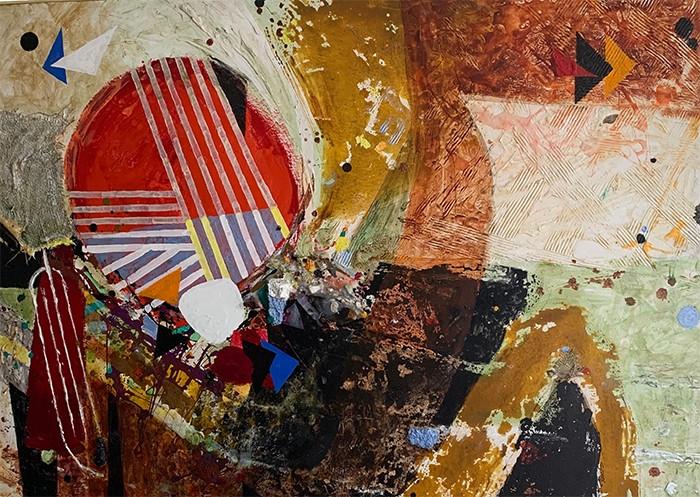
Neal was inspired to look around for a space to rent so that she could begin to think about building a gallery program around Black artists. “I wanted the kind of space that everybody else had then,” she says.
It was the 1980s, and things were buzzing in the area that had become known as River North. It was also at that time that she got Ann Nathan’s frank opinion on opening a gallery. Neal thought she was on to something, crazy or not, and she settled on a space, located at the corner of Superior and Wells streets, that she could divide up into three distinct areas to show different artists simultaneously.
Neal knew the building from years earlier, during her time as a teacher for Homebound, a public school program that was the Zoom of its time. She had been assigned to teach a child who was unable to come to school, and she was sent to a family that lived at 200 W. Superior. She remembered just standing outside the building. It was in such disrepair, she says, that she didn’t go in. “I sort of walked in the hall and thought, ‘I’m not going up there. Nobody’s around to tell me which apartment it is.’”
The neighborhood changed quickly, once pioneering galleries, run by figures like Rhona Hoffman, Donald Young, and Carl Hammer, moved in, and the district expanded and became established. Eventually Neal moved into a renovated space in the same building that she didn’t want to go into all those years before.
In search of artists to exhibit, Neal ventured to New York, using some connections to meet new artists. She went on a shopping spree of sorts, buying a range of art from artists like Ed Clark, Romare Bearden, and Jacob Lawrence, and she visited African American art dealers.
For the gallery’s first opening, at the start of the fall art season in September 1986, Neal decided on a show of work by local artists as well as others from around the country whose work she admired.
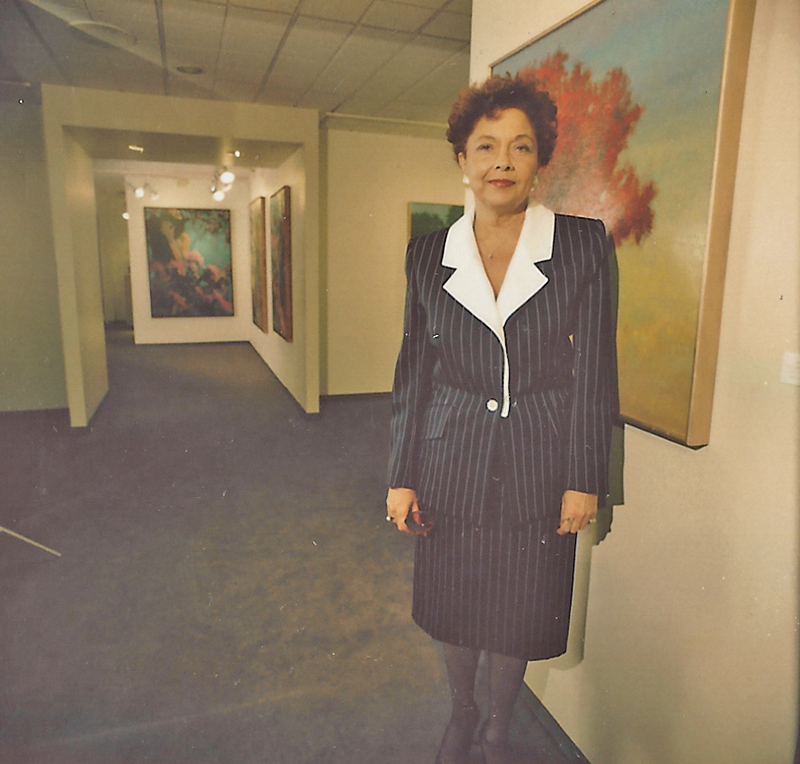
Chicago artist William Carter was part of the inaugural show. Neal recalls, “He had quite a following, but he had been selling out of his house. A big, heavy man, right before the opening, I realized he would need a place to sit, so I ran across the street to another gallery to borrow a big, antique chair.
“Carter sat in the corner, and he just loved it, because it was like a throne. There was a big crowd. All my family thought I was crazy, but my friends said, ‘We’ll come.’” The success of that evening was the beginning.
“[Openings] became a meeting place,” remembers Neal. “The day after I was scrubbing [scuffs] off the white walls. I was really busy, and it was exciting. I was never bored. I was thrown in with artists who were as fun to talk to and be with as you could ever imagine.”
In 10 years, Neal says she showed 100 artists, doing exhibitions every six to eight weeks, usually with three different artists’ work at a time. She was never at a loss for artists.
“I didn’t have to find anybody. They found me from everywhere. I had an artist who was Haitian, she was living in Paris. I had people from Canada and from Mexico. There were so many Black artists who needed exposure.”
Jeanette Sublett, Neal’s daughter-in-law, who is married to her son Langdon, remembers, “The gallery was sort of the place, at the time in this area, for these artists to be exhibited, not to mention represented. Isobel always threw a great opening. Sometimes she had live music. There was always great food and drink. A lot of people attended; it was a place to be and to be seen.”
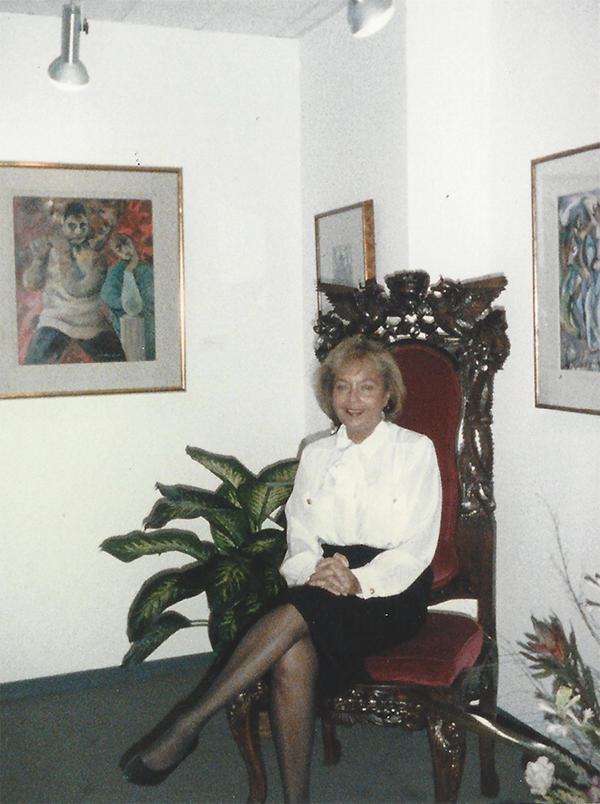
Giving Black artists the opportunity and visibility to be full participants in the art economy drove Neal. She also needed to make that a reality for the gallery in order to continue her work. Though electrified by the enthusiasm for her gallery, business success was not immediate. Neal realized that selling enough art to pay the bills was going to be tougher than she expected and that the teaching nest egg she had used to get started was rapidly running out.
“I thought I had a lot of money until maybe two or three months went by,” Neal says, “and then I thought, ‘Oh.’ So, the family stepped in and became backers, and it became a family business.”
Her exclusive support for Black artists gained the attention of other prominent Black Americans. She once hosted a reception at the gallery for Mae Jemison, the first Black female astronaut, when she returned from a space mission. Neal recalls that Chicago Mayor Richard M. Daley offered to have a reception for her at Soldier Field, or Navy Pier, but Jemison said, “I want it to be at Isobel Neal Gallery.” Neal had taught with the astronaut’s mother at Beethoven School and had discussed the gallery with her a little. “It was a huge crowd,” Neal remembers. “I have a wonderful photograph of the aurora borealis that she took from space. She wrote on the top, ‘To Isobel Neal Gallery.’ We just got flowers for her, but she was the star.”
*
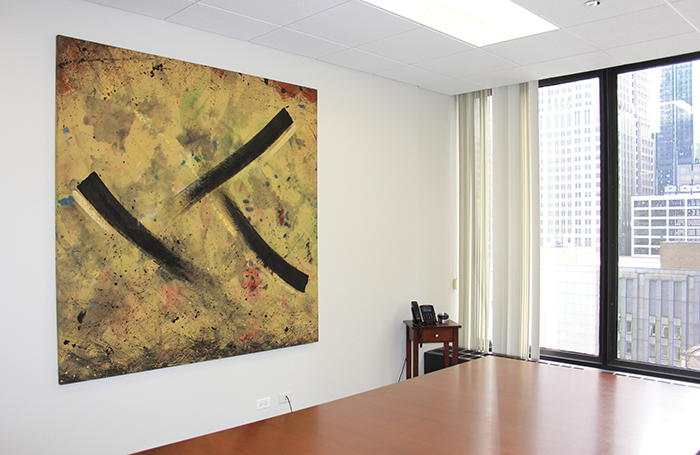
Neal’s roster of artists ranged from well-known figures like abstract painter Ed Clark, and Mexico-based Elizabeth Catlett, who studied with Grant Wood in the 1930s and showed prints with the gallery, to many artists who were not (yet) widely recognized but who did find recognition in line with their talent. Herbert House, a sculptor, sold so much work through the gallery he fulfilled his life-long dream and retired to Hawaii. Preston Jackson and John Rozelle both were offered jobs at the School of Art Institute because of their exhibition history. Neal’s crazy idea to start a gallery gave many artists the critical exposure and CVs they needed to reach new levels.
*
Neal’s husband, who was a prominent attorney at his own firm, considered that no artist should have a show without a sale. That commitment greatly scaled up the amount of art the Neals collected, because, if there was no sale, they bought something. The focus was on the artist’s success.
Neal had been collecting art for quite a while before she began selling it, and she always enjoyed returning to New York and visiting galleries. She fondly remembers one trip when she picked out a Charles Alston painting as a birthday present. But, she confesses, what she and her husband largely did to fill their walls and amass their collection was attend events like The South Side Community Art Center yearly benefit auction as well as Hyde Park’s 57th Street Art Fair to find a range of appealing prints, sculptures and paintings, even commissioned portraits. In at least one such case a picture of young Langdon Neal was painted by an artist on the spot in the street.
*

As the child of serious collectors, Neal’s son Langdon grew up exposed to art from the beginning, but what sticks out the most from his youth was making art. His mother incentivized and entertained him as she did her students. “We passed time during those early years doing art projects in school and at home. It was just kind of what we did to fill in the day.”
Over the years he graduated from art making to being a part of the collecting. Now they each consider their family’s leadership and art mission a collaborative effort. “It is definitely a family art collection,” explains Langdon. “Part of it is in my mother’s home now, part is in Jeanette’s and my home, more of it’s here in our [law] office, and we have things in storage. Between all of us we don’t have enough walls to display our artwork.”
The collective effort is a shared pride. “It was a combination of,” admits Langdon, “the enjoyment of giving African American artists a place to show their works, something they never had, and carrying that into displaying their art in places where people could enjoy them. Even now having art throughout our [law] office means clients as well as our staff can enjoy this work. The collection was bigger than just the art itself. It was about opportunity and exposure for Black artists.That is still our focus today. Even outside the art world we try to act as mentors and supporters.”
Though the collection is dispersed amongst the Neals’ homes and their office, I was surprised to learn that it has not been exhibited in its entirety. Works by artists like Catlett and Clark have been loaned to the Museum of Contemporary Art and other museums, but so far, not the majority of the collection. Assembled over a period of decades, drawn from several sources and by multiple people, the sheer volume of art and historic material that has come together should capture the attention of a very ambitious curator.

*
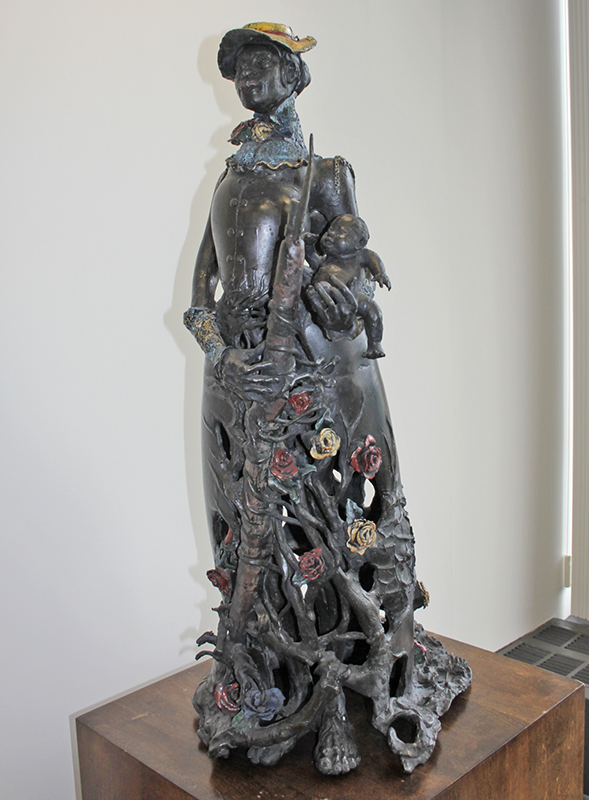
Neal closed the gallery in the late 90s. Today she is focused on her work with the Art Institute of Chicago, where she sits on the Board of Trustees and on several of the museum’s committees, continuing to work on behalf of Black artists. Neal serves with Denise Gardner, who will officially become the first Black person and first woman chairperson of the board this November. The two women are friends, and Gardner is a former client of Neal’s gallery. “Denise and her husband Gary credit me for getting their collection started.”
When I ask Neal about how she sees her role today from the position of a trustee of an internationally renowned museum, compared to her time as an art dealer starting out, she says she’s seeing a real attempt at change, so far, with some of the Art Institute’s collections and the representations within them–a natural continuation of what inspired her to start the gallery.
“These are big changes,” she explains. “This has been a huge upheaval that we’ve lived through, not only through COVID, but George Floyd. [The Trustees] have looked at pages and pages of changes and had Zoom meetings galore about where to go next.”
While much of the conversation around representation is very familiar to Neal, she says the perception of value in the market and within institutions is different this time. It’s what she sought for Black artists decades ago. When I ask her why the change might be for real now, she refers back to those busy openings at the gallery in the 80s.
“I can’t say that nobody ever did it before, but there wasn’t a dedicated initiative to show Black artists. I feel that my greatest contribution, really, in 10 years at the gallery, was to make the art world know that African Americans had disposable income. I think that is the basis of why nobody widely showed work by Black artists before. They didn’t believe that anybody would buy their art. At my gallery, they saw people literally lining up. These artists were worth the money.”
Because of Neal, no longer could collectors, and others, think Black art was only created and shown on the South Side, when every few weeks a diverse clientele was packed into a popular gallery on the North Side of Chicago, showing exclusively Black art.
Neal never stopped being a teacher, and she continued to use art as a motivator. “I purposely wanted to have the gallery where everybody else was,” she says. “That was my whole drift: to educate, I suppose, everyone. My philosophy really was that art was universal. Everybody can enjoy it, and everybody can recognize talent. That’s the story.”
